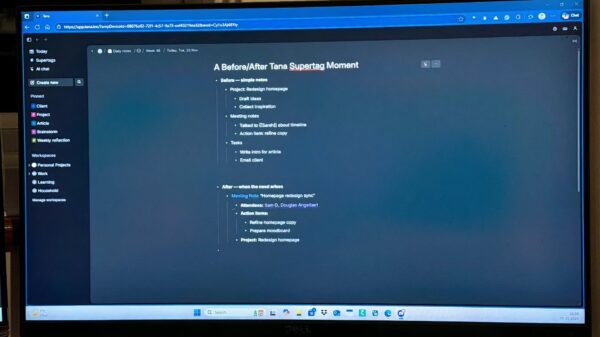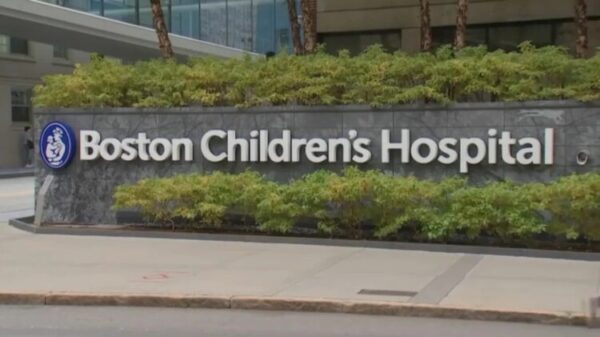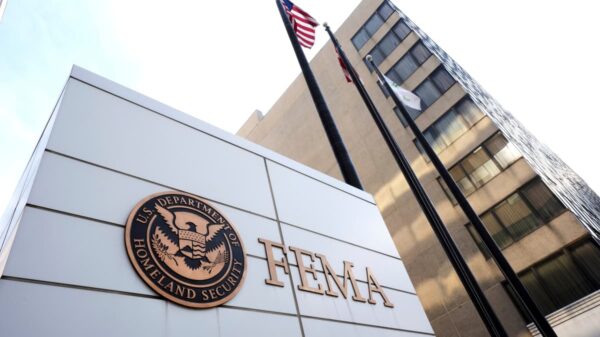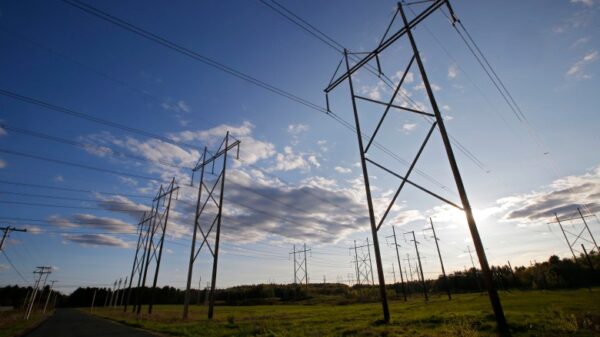NASA staff are expressing alarm over the potential disposal of specialized scientific equipment at the Goddard Space Flight Center (GSFC) in Maryland. This concern arises as the U.S. federal government’s shutdown continues, leaving numerous essential facilities vulnerable. The GSFC serves as the headquarters for pivotal missions, including the Hubble and James Webb Space Telescopes.
Internal communications reviewed by CNN reveal that buildings housing critical equipment, such as the ElectroMagnetic Anechoic Chamber (GEMAC), are set to be emptied without warning. The GEMAC is vital for testing spacecraft antennas and is fully operational, with the capacity to support upcoming missions for years to come. One source described the situation as analogous to “taking a Maserati to the junkyard to get crushed because your driver’s license expired.”
Concerns extend beyond the immediate loss of equipment. Many NASA scientists fear they could permanently lose access to tools necessary for ongoing and future missions. This sentiment was echoed in a draft letter from the international advocacy group Advancing Earth and Space Science directed at legislators, warning that the closures could jeopardize significant projects, including the launch of the Nancy Grace Roman Space Telescope and the ambitious Dragonfly program, aimed at sending a large helicopter to Saturn’s largest moon.
Despite reassurances from a NASA spokesperson, who emphasized that the closures are part of a pre-existing “strategic consolidation” plan, roughly 100 laboratories across 13 of the center’s more than 30 buildings are being shuttered. Many of these facilities were not scheduled to close until the early 2030s, raising concerns about the long-term impact on space science research.
The ongoing shutdown has compounded existing issues within NASA. Staff morale has plummeted as employees face uncertainty about their pay during this period. Concerns have been voiced that the Trump administration may follow through on threats regarding unpaid labor during the shutdown. One engineer at Goddard remarked, “Getting rid of Goddard removes the entire nation’s capability to build, develop, and analyze data from space science satellites.”
Another employee described the situation as an “existential crisis,” fearing that Goddard might no longer exist as a functioning entity. Some staff members are questioning the motivations behind the rapid downscaling, suggesting it does not align with any clear financial rationale. “I can’t understand why our management would want to internally sabotage our capabilities,” one source told CNN.
The implications of the proposed budget cuts for NASA are alarming. Experts have warned that the White House’s budget proposal for 2026 could drastically reduce NASA’s science funding by more than half, potentially leading to a 42 percent reduction in Goddard’s science staff, according to the American Astronomical Society. The Planetary Society has described the budget as “nothing short of an extinction-level event for space science and exploration in the United States.”
While the budget has not yet passed, insiders express concern that the administration is proceeding with its plans regardless. A NASA spokesperson indicated that the agency is preparing for various scenarios for fiscal year 2026 while maintaining compliance with the law.
As the situation unfolds, the fate of NASA and its critical missions hangs in the balance, raising questions about the future of space science and exploration in the United States.






































































